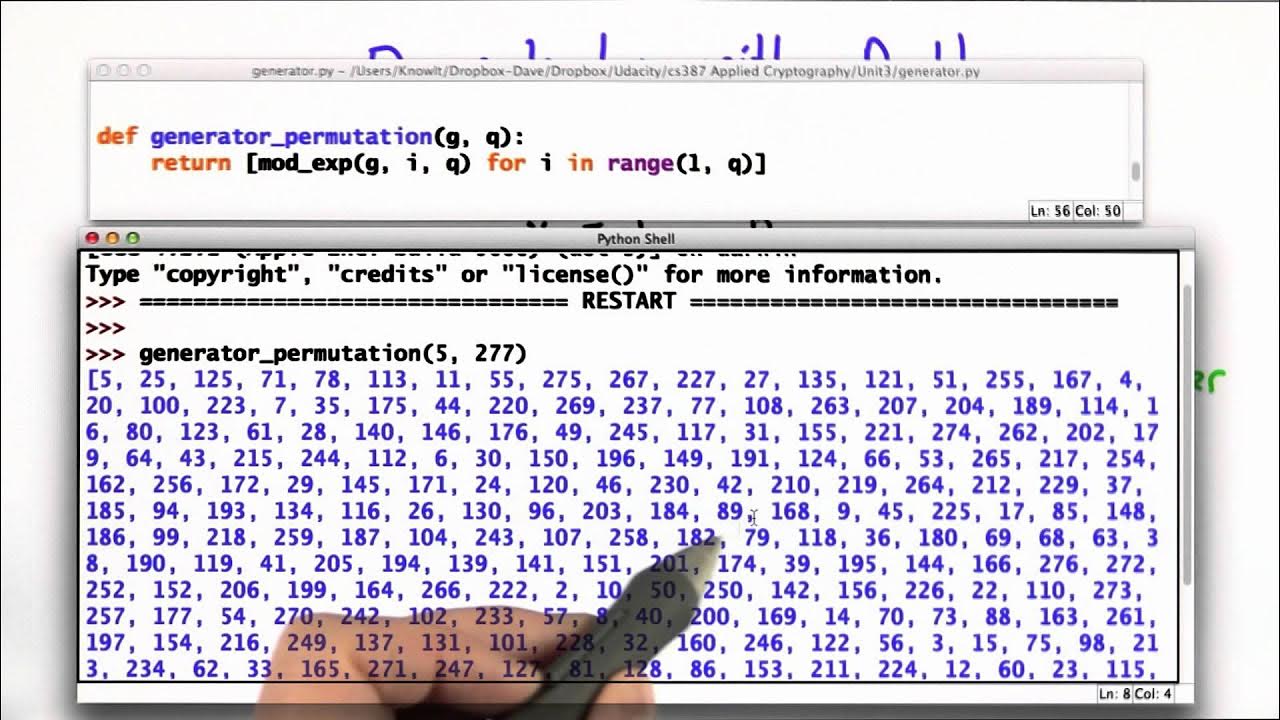Find Missing and Repeated Values | Mathematical Proof | Leetcode 2965 | codestorywithMIK
Summary
TLDRIn this video, the creator dives into Leetcode problem #2965, which involves finding missing and repeated values in a given n x n grid. The creator offers two approaches to solving the problem: the first is a map-based method where the frequency of numbers is counted to identify duplicates and missing numbers, and the second is a mathematical approach using sums and squares to derive the missing and repeated numbers. The video emphasizes the importance of mastering skills, staying ahead of the game, and continuously learning to land the job you deserve.
Takeaways
- 😀 Success is about mastering your skills, staying ahead of the game, and continuously learning and growing.
- 😀 In coding, practice is essential for improving your problem-solving abilities, such as tackling LeetCode problems.
- 😀 The task in LeetCode problem 2965 is to find the repeating and missing numbers in a grid of integers.
- 😀 In the given grid example (1, 3, 2, 2), 2 is repeated and 4 is missing, making the answer (2, 4).
- 😀 The simplest approach to solving this problem is by counting the frequency of each number in the grid.
- 😀 Using a map (or dictionary) to track number frequencies can help identify the repeating number and missing number.
- 😀 Time complexity for the first approach involves iterating over the grid, making it an O(n^2) solution.
- 😀 The second approach involves solving the problem mathematically using sums and square sums of numbers from 1 to n².
- 😀 The sum of all numbers in a grid with missing and repeating values will differ from the expected sum.
- 😀 By solving two key equations derived from the grid sum and square sum, the missing and repeating numbers can be found.
- 😀 The second approach allows solving the problem without extra space and offers an efficient mathematical solution.
Q & A
What is the main goal of the problem in the transcript?
-The goal is to find the missing and repeated values in a given n x n grid, where the values should ideally range from 1 to n².
How does the presenter describe the grid in the example?
-The grid is described as a 2x2 matrix with the numbers 1, 3, 2, and 2. The ideal grid should have numbers 1, 2, 3, and 4, but 2 is repeated and 4 is missing.
What is the first approach to solving the problem?
-The first approach involves using a map (or hash map) to count the frequency of each number in the grid. This helps identify the repeated and missing numbers by checking the frequency of each value.
What is the time complexity of the first approach?
-The time complexity of the first approach is O(n²) because we iterate over the entire grid once to calculate the frequency of each number.
What is the second approach to solving the problem?
-The second approach is a mathematical one, which leverages the expected sum of numbers from 1 to n² and their squared sums to find the missing and repeated values without using extra space.
How does the presenter derive the relation for solving the problem mathematically?
-The presenter uses the difference between the expected sum and the grid sum, as well as the difference between the expected squared sum and the grid squared sum, to establish equations for the missing and repeated numbers.
What equation is used to find the missing and repeated numbers in the mathematical approach?
-Two key equations are derived: one for the difference of the sums (A - B) and one for the difference of the squared sums (A² - B²). These equations are used to solve for A (the repeated number) and B (the missing number).
What are the expected sums used in the mathematical approach?
-The expected sum is the sum of the first n² numbers, and the expected square sum is the sum of the squares of the first n² numbers. These are calculated using known formulas.
What are the benefits of the mathematical approach over the first approach?
-The mathematical approach does not require extra space, unlike the first approach, which uses a map to store frequencies. The mathematical approach is also more efficient in terms of space complexity.
What is the final output of both approaches?
-In both approaches, the final output is a pair of numbers: the repeated number (A) and the missing number (B), which are returned in a list.
Outlines

此内容仅限付费用户访问。 请升级后访问。
立即升级Mindmap

此内容仅限付费用户访问。 请升级后访问。
立即升级Keywords

此内容仅限付费用户访问。 请升级后访问。
立即升级Highlights

此内容仅限付费用户访问。 请升级后访问。
立即升级Transcripts

此内容仅限付费用户访问。 请升级后访问。
立即升级浏览更多相关视频
5.0 / 5 (0 votes)






